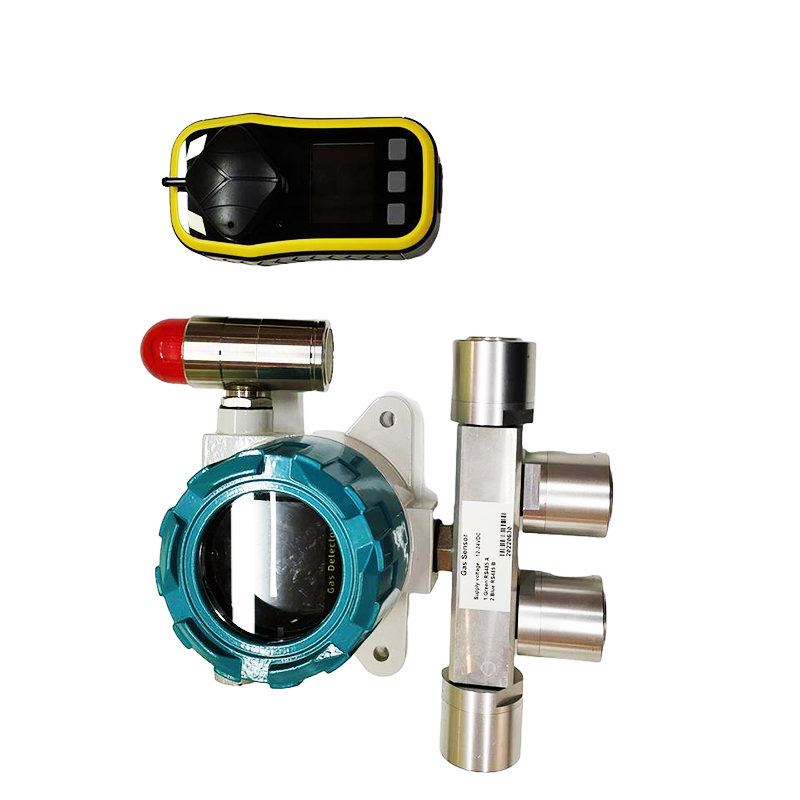New knowledge about the health effects of gaseous or volatile pollutants continues to underline the need to monitor indoor and outdoor air quality. Many volatiles, even at trace levels, can still be harmful to human health after a short period of exposure. A growing number of consumer and industrial products have the potential to emit known harmful volatiles, including furniture, passenger cars and industrial trucks. People are paying increasing attention to the detection of gaseous pollutants, hoping to reduce or eliminate this health risk by establishing relevant and effective response mechanisms.
Many national and international organizations have been working to develop guidelines, regulations and standards to monitor air quality in industrial, medical, outdoor, indoor office and residential environments. These guidelines allow manufacturers to certify their products and also inform users of minimally acceptable levels of gaseous contaminants.

For example, the U.S. Environmental Protection Agency (EPA) uses cutting-edge science to develop regulations that cost-effectively reduce and control air pollution. For the most common pollutants, the EPA compiles data every five years to reassess the adequacy of air regulations. The agency also identified specific chemicals that could affect air quality and their sources, such as cars, trucks and power plants. One of EPA’s primary goals is to link contaminants to major sources that pose health risks.
The four main outdoor air pollutants are 03, NO2, SO2, and CO. These gases can be monitored using EPA-approved instruments. Combined with data from particle detectors, the measurements are further used to calculate the Air Quality Index (AQ). Volatiles in indoor air are more specific and depend on whether it is a residential or office building, the number of people, the type of furniture, the ventilation system and other factors. Major volatiles include CO2, formaldehyde and benzene. Monitoring air pollutants is increasingly important, but existing technology solutions do not yet meet modern user expectations in terms of data quality and cost-effectiveness.
In recent years, gas sensor manufacturers have adopted a number of new technologies and manufacturing specifications, including non-aqueous electrolytes in electrochemical sensors. These technological advances have driven optimization of power, cost and size.
The revolution and take-off of gas sensors also requires improved accuracy. Contemporary interdisciplinary approaches are also driving the development of new gas sensor capabilities and market growth. Advances in electronics, gas filters, packaging, and on-board data analysis can indeed improve sensor stability and accuracy. The prediction models and algorithms that apply artificial intelligence technology and onboard data analysis are also more powerful, which is of great significance to improving sensor performance.
Post time: Jan-10-2024


